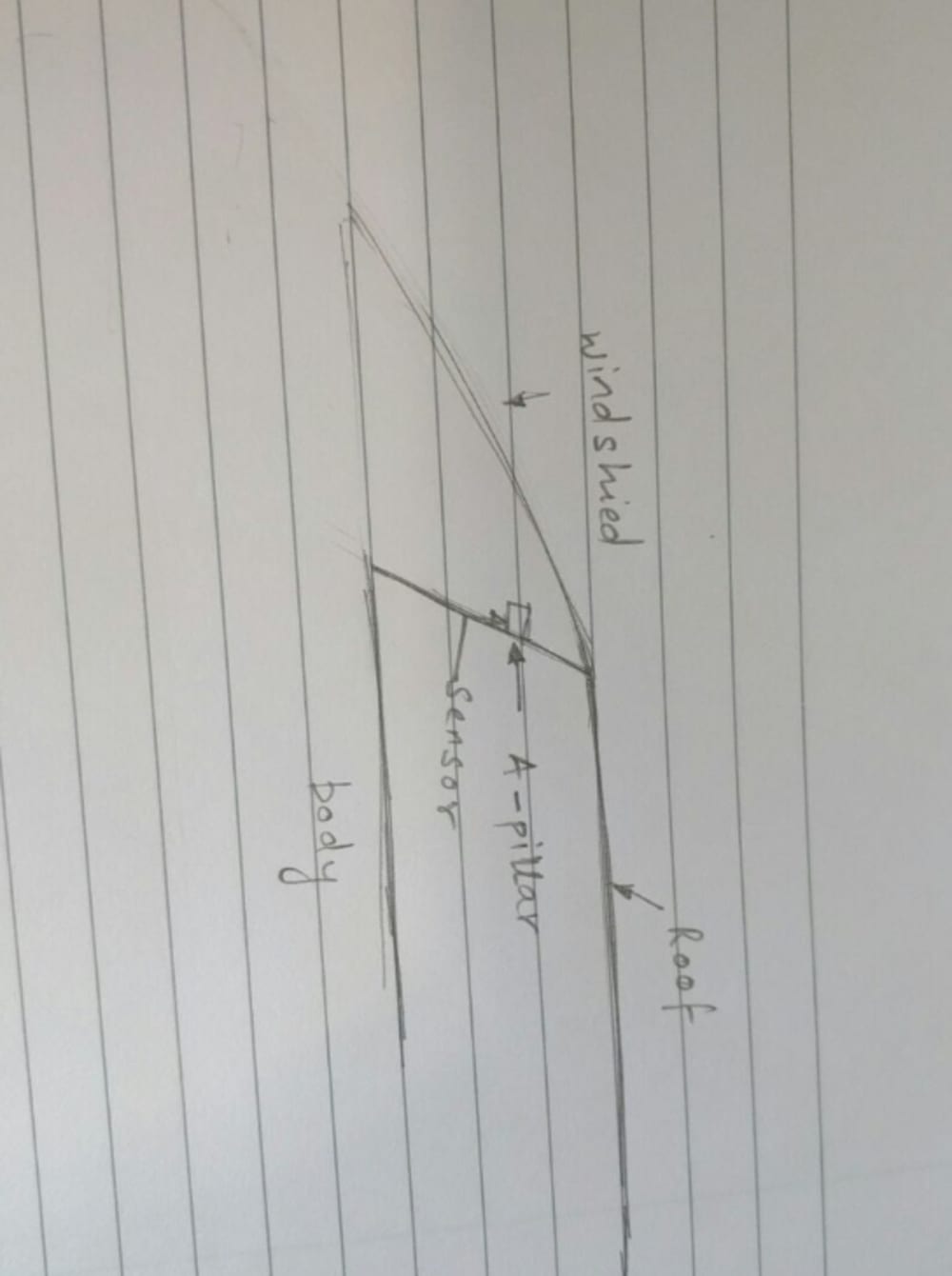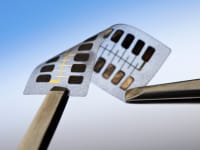Use of photochromatic windshield on vehicles eliminating the need of sun visors.
(1) Protecting the driver's eyes from sharp, direct sunlight which may be a distraction while driving.
(2) Preventing the need for the driver to take his hand off the steering wheel to open the sun visor.
(3) Preventing glare from the headlights of oncoming traffic during night driving.
There are photochromatic glasses/windshields available in the market currently which contain photochromatic molecules and detect the UV rays of the sun. However, these are temperature dependent. These glasses involve a different molecular structure.
Using a sensor, with these glasses, the intensity of the sun rays are detected and depending on the intensity the tint on the windshield is decided.
The sensor should be a thin layer easily mounted on the windshield. Depending on the strength and working of the sensor it can be mounted inside or outside the windshield.
The sensors are connected to give an electric impulse to the photochromatic glass and the glass darkens accordingly.
This will remove the delay the regular photochromatic sensors have along with its drawbacks like temperature dependence on the outside weather, example a cold albeit sunny day. It will also be useful at night when the sun's UV rays are not there. The sensor measures the light intensity of the oncoming vehicle's headlight falling on the windshield and send the impulse to the glass.
citation for image: google images.
Like this entry?
-
About the Entrant
- Name:Vibha Manvi
- Type of entry:individual
- Patent status:none





